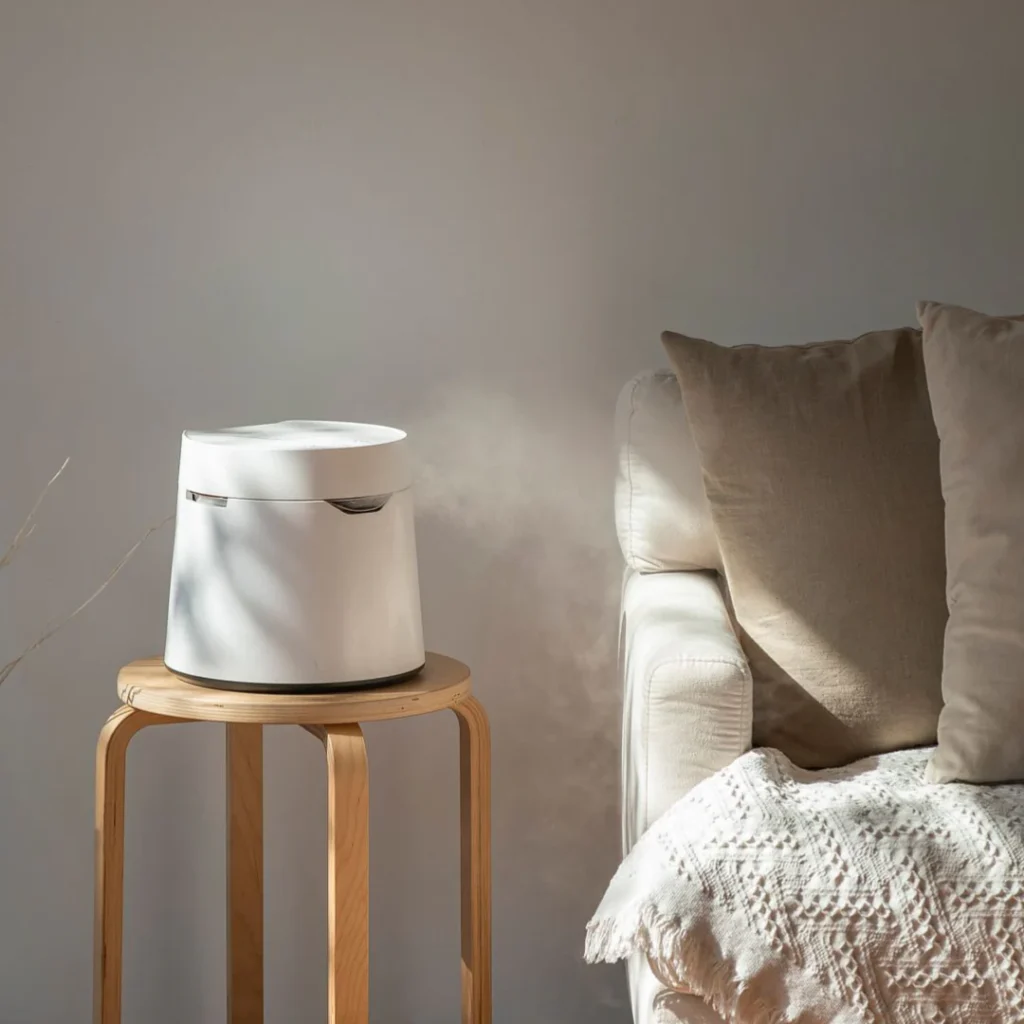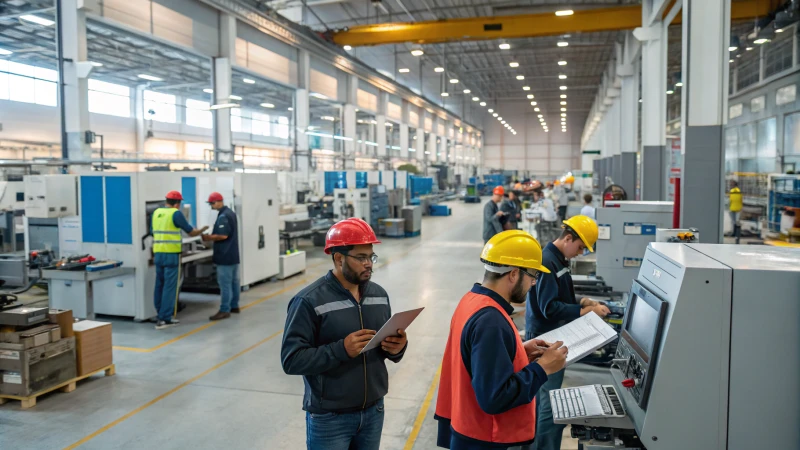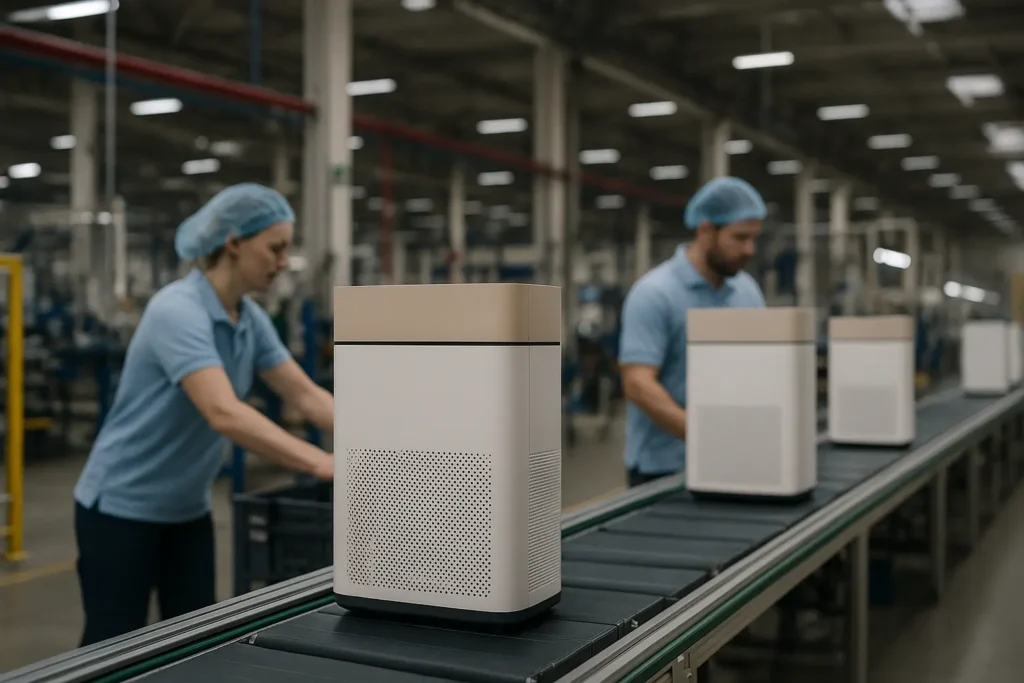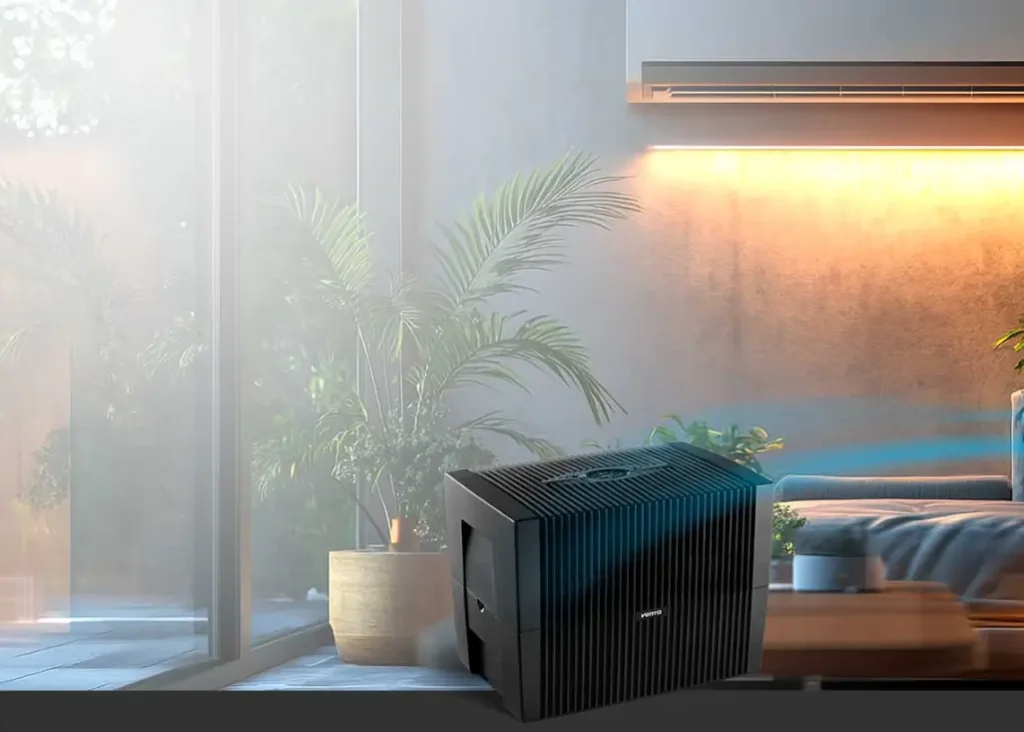
Поиск пути через подробные правила OSHA для воздухоочистителей для бизнеса похож на решение большой головоломки.
Чтобы очистители воздуха соответствовали стандартам OSHA для коммерческих проектов, необходимо оценить показатели их работы, требования безопасности и процедуры обслуживания. Это включает в себя обеспечение эффективности очистки, уровня шума и безопасности в соответствии с национальными нормами.
Это дает базовое понимание. Изучите каждую часть подробнее, чтобы обрести полную ясность в достижении полного соответствия. Загляните глубже, чтобы найти подробные действия, лучшие практики и мнения экспертов, которые, возможно, облегчат вам путь к соответствию.
Очистители воздуха должны иметь фильтры HEPA, чтобы соответствовать стандартам OSHA.Ложь
OSHA напрямую не требует использования фильтров HEPA; оно сосредоточено на общей чистоте воздуха.
Каковы ключевые показатели эффективности коммерческих воздухоочистителей?
Знание важных мер по очистке воздуха в коммерческих помещениях является жизненно важным для достижения превосходного качества воздуха.
Ключевые показатели эффективности коммерческих воздухоочистителей включают в себя эффективность очистки, уровень шума и объем воздуха. Эти показатели напрямую влияют на эффективность воздухоочистителей в улучшении качества воздуха в коммерческих помещениях.

Понимание эффективности очистки
Эффективность очистки - один из самых важных факторов. показатели эффективности1 для коммерческих воздухоочистителей. Это означает способность устройства удалять из воздуха загрязняющие вещества, такие как пыль, пыльца и другие частицы, находящиеся в воздухе. Высокая эффективность очистки гарантирует, что воздухоочиститель эффективно снижает уровень загрязнения воздуха в помещении, что крайне важно для коммерческих помещений, где качество воздуха может существенно влиять на здоровье и производительность.
Как ее измерить:
- Коэффициент подачи чистого воздуха (CADR): Этот параметр указывает на объем отфильтрованного воздуха, подаваемого очистителем, и измеряется в кубических футах в минуту (CFM). Более высокий CADR значения свидетельствуют о лучшей производительности.
- Технология фильтрации: Тип используемых фильтров, таких как HEPA или активированный уголь, также влияет на эффективность.
Оценка уровня шума
Уровень шума является важным фактором, особенно в таких помещениях, как офисы или рестораны, где чрезмерный шум может мешать работе. Коммерческие воздухоочистители должны поддерживать баланс между производительностью и бесшумностью работы.
Факторы, влияющие на уровень шума:
- Скорость вентилятора: Более высокая скорость обычно означает больший шум. Ищите модели с переменной скоростью.
- Дизайн: Общий дизайн и качество сборки также могут способствовать снижению уровня шума.
Оценка производительности по объему воздуха
Объем воздуха, часто связанный с CADRпоказывает, какой объем воздуха может обработать очиститель за определенный промежуток времени. Это особенно важно для больших помещений, где требуется большая производительность, чтобы обеспечить достаточную очистку всех зон.
| Модель очистителя | CADR (CFM) | Рекомендуемый размер комнаты |
|---|---|---|
| Модель A | 300 | До 400 кв. футов |
| Модель B | 450 | До 600 кв. футов |
Важность регулярного технического обслуживания
Хотя это и не является прямым показателем эффективности, регулярное техническое обслуживание гарантирует, что воздухоочистители будут работать с максимальной эффективностью. Это включает в себя замену фильтров и чистку компонентов в соответствии с рекомендациями производителя.
Чтобы получить полное представление о взаимодействии этих показателей и их влиянии на качество воздуха2Изучите отзывы экспертов и проведите детальное сравнение товаров.
Фильтры HEPA наиболее эффективны для очистки воздуха.Правда
Фильтры HEPA задерживают 99,97% частиц, повышая качество воздуха.
Более высокая скорость вращения вентилятора снижает уровень шума в воздухоочистителях.Ложь
Большая скорость вращения вентилятора повышает уровень шума, другие настройки снижают его.
Как требования безопасности влияют на конструкцию воздухоочистителей?
Правила безопасности в значительной степени влияют на то, как создаются воздухоочистители. Это обеспечивает безопасность пользователей и гарантирует надежность продукта.
Требования безопасности влияют на конструкцию воздухоочистителей, определяя электробезопасность, выбор материалов и эксплуатационные характеристики для предотвращения несчастных случаев и обеспечения соответствия национальным стандартам.
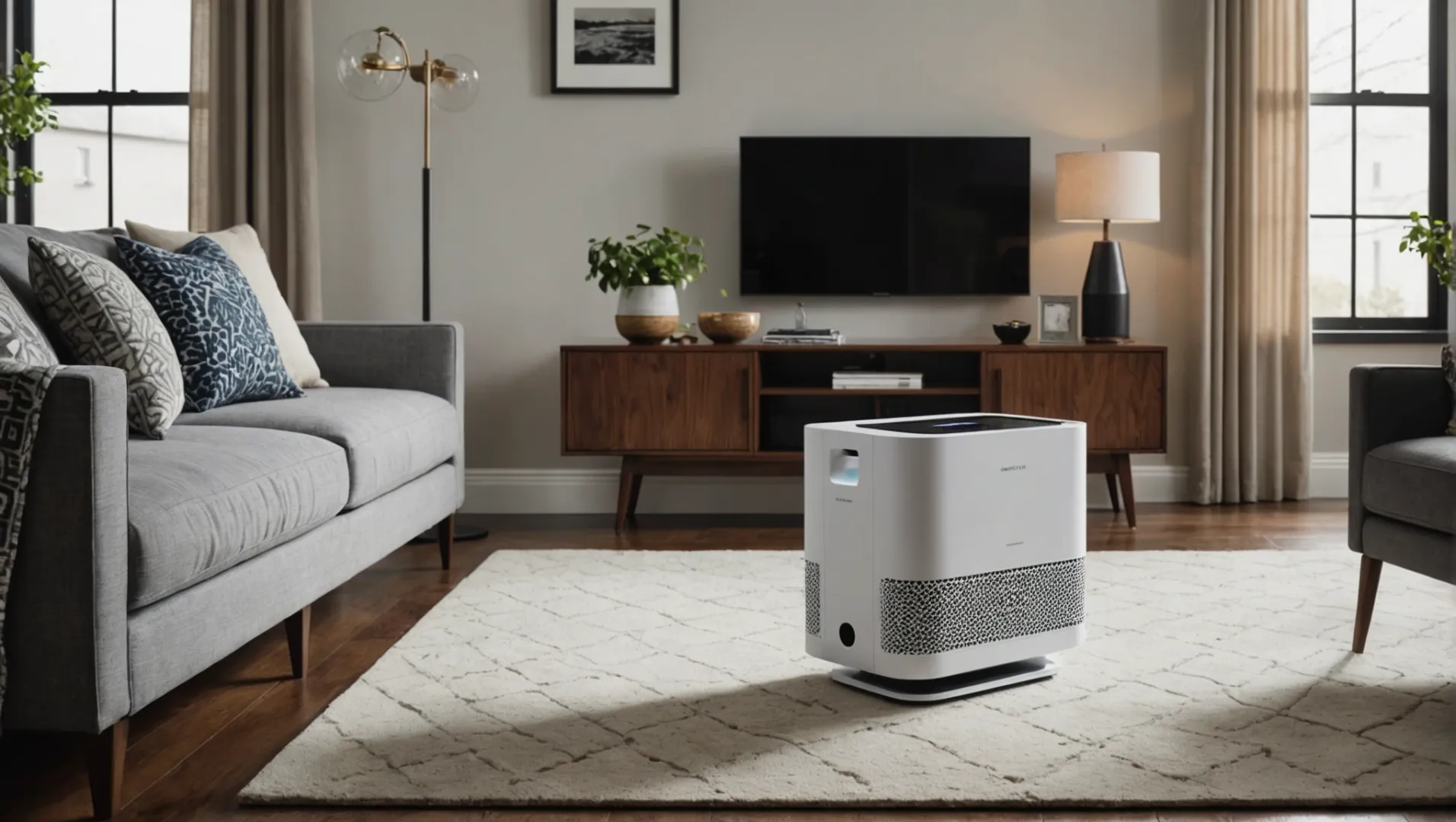
Понимание электробезопасности
Электробезопасность очень важна в дизайн воздухоочистителя3. Воздухоочистители работают без перерыва, часто неделями, что требует мощных электрических деталей. Конструкторы должны изолировать и заземлять все электрические цепи, чтобы предотвратить короткое замыкание или возгорание. Следование национальным и международным правилам безопасности, таким как IEC 60335, показывает пользователям, что продукт заслуживает доверия.
Выбор материала и долговечность
Материалы, из которых изготовлены воздухоочистители, имеют большое значение для безопасности. Производителям нужны прочные и огнестойкие материалы. Это позволяет снизить риск возгорания, особенно в местах, где машины работают целый день. Все больше дизайнеров выбирают экологически чистые материалы, чтобы соответствовать глобальным целям устойчивого развития.
Предотвращение взрывоопасных ситуаций
В некоторых местах взрывы нестабильных газов или соединений очень опасны. Воздухоочистители для таких зон оснащены специальными фильтрами и датчиками, позволяющими выявлять и снижать такие риски. Взрывозащищенные конструкции соответствуют таким стандартам, как ATEX в Европе и NEC в США.
Соответствие нормативным требованиям и тестирование
Прежде чем попасть на рынок, конструкции воздухоочистителей проходят строгие испытания. Тесты проверяют уровень шума, эффективность и безопасность. Команды разработчиков часто сотрудничают со сторонними лабораториями для подтверждения стандартов, таких как UL, CE или CSA. Понимание изменений в нормативных документах помогает обеспечить постоянное соответствие стандартам.
Особенности безопасности пользователя
Современные воздухоочистители обладают множеством функций, обеспечивающих безопасность пользователя. Это и автоматическое отключение при перегреве или засорении фильтров, и блокировка от детей, и простое оповещение о необходимости технического обслуживания. Каждая функция призвана улучшить взаимодействие с пользователем и уменьшить возможные опасности.
Уделяя особое внимание этим требованиям безопасности, производители укрепляют доверие потребителей и выпускают надежные и полезные продукты. Эти элементы являются ключевыми в процессе проектирования и определяют развитие воздухоочистителей.
Электробезопасность имеет решающее значение при разработке воздухоочистителя.Правда
Электробезопасность помогает воздухоочистителям хорошо работать и предотвращает пожары.
Во всех воздухоочистителях используются экологически чистые материалы.Ложь
Хотя в некоторых из них используются экологически чистые материалы, не все воздухоочистители их используют.
Какие методы технического обслуживания обеспечивают соответствие стандартам OSHA?
Соблюдение стандартов OSHA требует тщательного ухода за коммерческими воздухоочистителями, обеспечивая их производительность и безопасность.
Регулярное техническое обслуживание воздухоочистителей должно включать замену фильтров, осмотр системы и оценку производительности в соответствии со стандартами OSHA. Такая практика помогает поддерживать эффективность работы, обеспечивать сохранность функций безопасности и предотвращать любые нарушения нормативных требований.
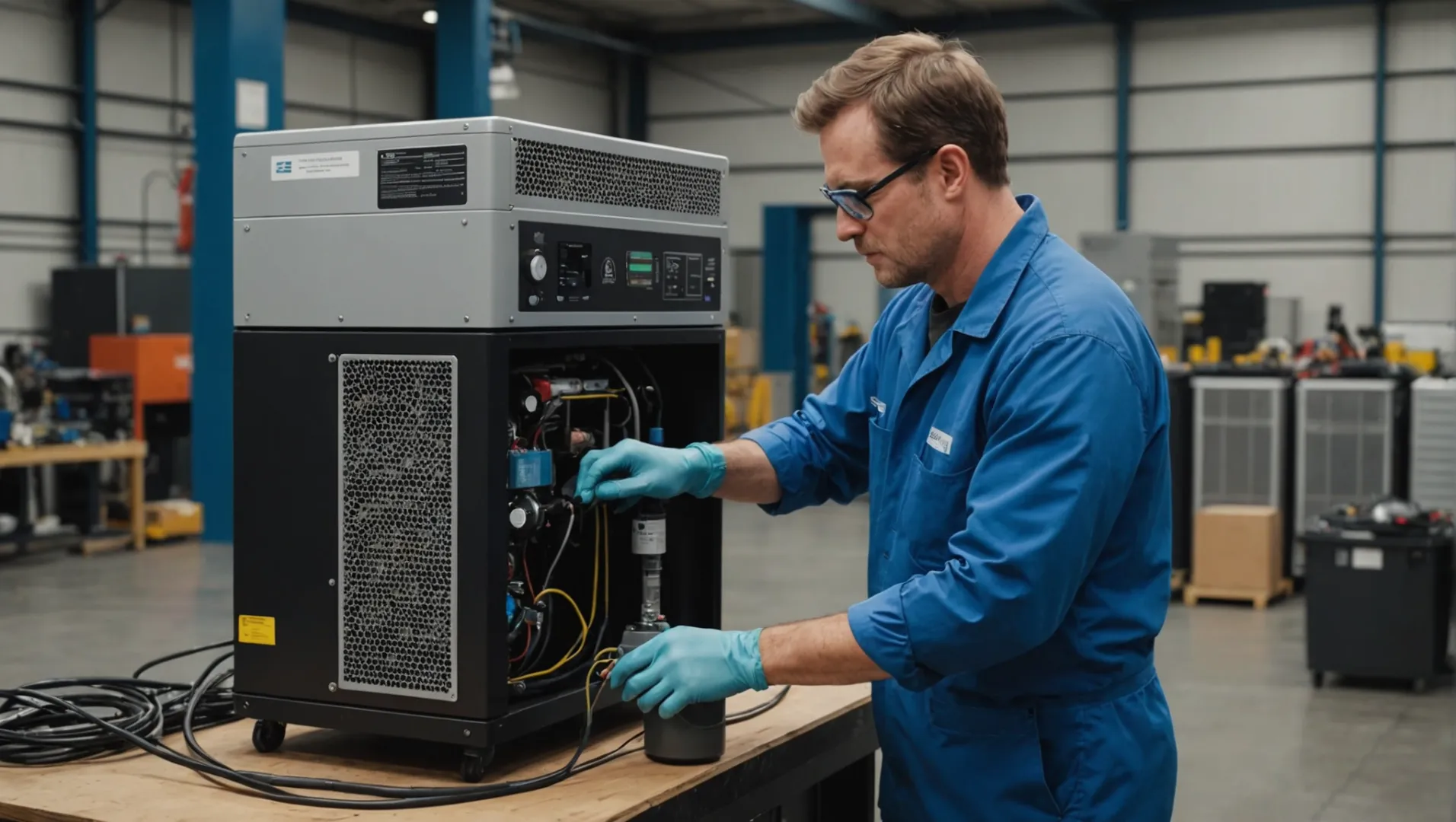
Понимание правил OSHA по уходу за очистителями воздуха
Уход за воздухоочистителями в рабочих помещениях требует соблюдения правил Управления по охране труда и здоровья (OSHA). В этих правилах изложены основные методы обеспечения безопасности и оптимальной работы.
-
Регулярная замена фильтров: Фильтры необходимо проверять и менять в соответствии с рекомендациями производителя. Это позволяет поддерживать чистоту воздуха и обеспечивает эффективную работу очистителя. Грязные или засоренные фильтры могут привести к перегрузке системы, создавая угрозу безопасности.
-
Проверка системы: Регулярные проверки очень важны. Проверяйте электрические компоненты, чтобы предотвратить пожарную опасность и убедиться, что все детали работают правильно. Эти проверки помогут выявить износ до того, как он превратится в серьезную проблему.
-
Проверки производительности: Регулярная оценка производительности помогает поддерживать эффективность очистки в соответствии со стандартами OSHA. Оцените такие параметры, как поток воздуха, скорость очистки и уровень шума, чтобы определить, насколько эффективно система выполняет свою работу.
Документация и соблюдение требований
Ведение тщательных записей обо всех работах по техническому обслуживанию имеет решающее значение для подтверждения соответствия требованиям.
-
Примечания по обслуживанию: Документируйте все действия по техническому обслуживанию, такие как замена фильтров, результаты проверок и любые ремонтные работы. Эта документация часто требуется при проведении аудитов OSHA.
-
Образование персонала: Обучение персонала, работающего с воздухоочистителями, также очень важно. Обучение должно охватывать процедуры безопасного обращения, протоколы безопасности и действия в чрезвычайных ситуациях.
Распространенные ошибки в уходе и как их избежать
Даже при наличии надежного плана технического обслуживания некоторые ошибки могут поставить под угрозу соблюдение требований:
-
Игнорирование мелких проблем: Мелкие проблемы, такие как необычные шумы или небольшое снижение производительности, следует устранять незамедлительно. Их устранение на ранней стадии предотвращает развитие более серьезных проблем.
-
Отсутствует инструкция производителя: Каждый очиститель может иметь особые требования к обслуживанию, которые необходимо соблюдать. Понимание инструкций производителя4 является ключом к соблюдению требований.
Придерживаясь этих методов ухода и избегая распространенных ошибок, предприятия могут поддерживать свои воздухоочистители в соответствии с правилами OSHA, обеспечивая их безопасную и эффективную работу в коммерческих помещениях.
Регулярная замена фильтров обязательна для соблюдения требований OSHA.Правда
Правила OSHA требуют частого обслуживания, например, замены фильтров, для обеспечения безопасности.
Игнорирование мелких проблем в воздухоочистителях не влияет на соответствие требованиям.Ложь
Игнорирование мелких проблем может привести к их росту и несоблюдению правил OSHA.
Существуют ли общие ловушки, которых следует избегать при соблюдении стандартов качества воздуха OSHA?
Соблюдение правил OSHA по качеству воздуха может оказаться непростой задачей. Не допускайте этих ошибок, чтобы добиться успеха.
К числу распространенных ошибок при соблюдении стандартов качества воздуха OSHA относятся пренебрежение регулярным техническим обслуживанием, неправильное понимание правил и неадекватный контроль работы. Обеспечение соответствия стандартам предполагает активное управление, соблюдение обновленных рекомендаций и привлечение компетентного персонала.
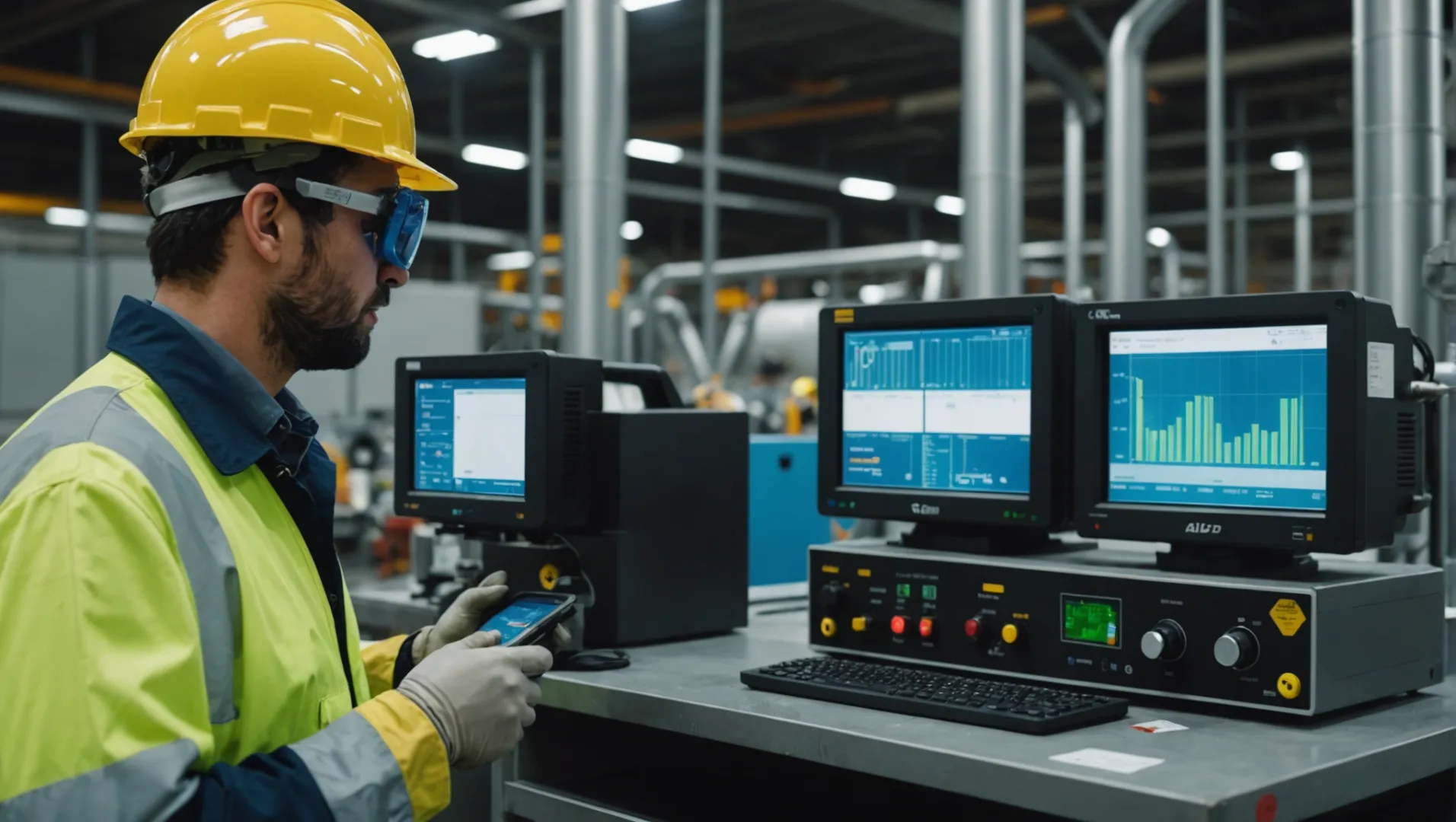
Неправильное понимание правил OSHA
Одна из самых распространенных ошибок, с которыми сталкиваются компании, - это непонимание того, что Правила OSHA5. Компании часто полагают, что все воздухоочистители автоматически соответствуют этим стандартам, но это не так. Для выбора подходящего оборудования крайне важно тщательно изучить конкретные требования, такие как допустимые пределы воздействия (PEL) и рекомендуемые методы безопасности.
Игнорирование регулярного ухода
Игнорирование регулярного ухода - еще одна распространенная проблема. Очистители воздуха нуждаются в регулярном уходе, чтобы оставаться эффективными и безопасными. Этот процесс включает в себя замену фильтров, чистку деталей и проведение проверок. Несоблюдение графика может привести к снижению производительности и потенциальным проблемам.
| Задание по уходу | Частота |
|---|---|
| Замена фильтра | Каждые 3-6 месяцев |
| Очистка деталей | Ежемесячно |
| Проверки системы | Ежеквартально |
Проверки плохой работы
Проверка эффективности работы воздухоочистителей - ключевой момент в соблюдении правил OSHA. Некоторые компании пропускают этот этап, в результате чего проблемы не замечаются вовремя. Проведение регулярных тестов, таких как проверка качества воздуха, может помочь обнаружить проблемы на ранней стадии.
Наем неквалифицированных работников
Наконец, использование работников, не обладающих необходимыми навыками, может помешать соблюдению требований. Работники, ухаживающие за системами контроля качества воздуха, должны быть обучены и знать правила OSHA. Инвестиции в обучающие программы6 вероятно, улучшает результаты соответствия.
Понимая эти распространенные ошибки и используя стратегии, позволяющие их избежать, предприятия могут гарантировать, что их системы контроля качества воздуха будут соответствовать стандартам OSHA.
Регулярное техническое обслуживание не требуется для соблюдения требований OSHA.Ложь
Игнорирование ухода, вероятно, приводит к снижению функциональности и нарушению правил.
Все воздухоочистители автоматически соответствуют стандартам OSHA.Ложь
Полагать, что все очистители следуют правилам, - типичная ошибка.
Заключение
Соблюдение правил OSHA создает более безопасное рабочее место. Сосредоточьтесь на производительности, безопасности и техническом обслуживании, чтобы улучшить качество воздуха и соблюдать правила. Будьте в курсе событий и проявляйте инициативу.
-
Узнайте о методах точного измерения эффективности очистки: 1. Монитор качества воздуха. Монитор качества воздуха в помещении - это простой способ убедиться в том, что очиститель воздуха успешно справляется со своей задачей. Это также ... ↩
-
Узнайте, почему поддержание оптимального качества воздуха имеет огромное значение: Это руководство призвано помочь людям, работающим в офисных зданиях, узнать о факторах, способствующих возникновению проблем с качеством воздуха в помещениях и комфортом. ↩
-
Узнайте, как стандарты электробезопасности обеспечивают надежную работу воздухоочистителей: Хотя большинство электроприборов разработаны с учетом требований безопасности пользователей, некоторые из них могут непреднамеренно ухудшать качество воздуха в помещении. Классическая ... ↩
-
Узнайте точные шаги по обслуживанию непосредственно от производителей, чтобы обеспечить соответствие..: Воздушные фильтры в коммерческих и общественных зданиях следует регулярно проверять на наличие признаков повреждения, мусора и герметичности. Область вокруг ... ↩
-
Чтобы понять основные правила OSHA по качеству воздуха для соблюдения..: Правильная вентиляция и уход за зданием могут предотвратить и устранить проблемы IAQ. Хотя у OSHA нет стандартов IAQ, у него есть стандарты по вентиляции ... ↩
-
Откройте для себя эффективные программы обучения для повышения квалификации в области соблюдения требований OSHA..: Авторизованные OSHA поставщики онлайн-программ обучения - 360Training (OSHAcampus) - AdvanceOnline - CareerSafe (Youth Focus) - ClickSafety - HSI (Summit Training Source) ... ↩



